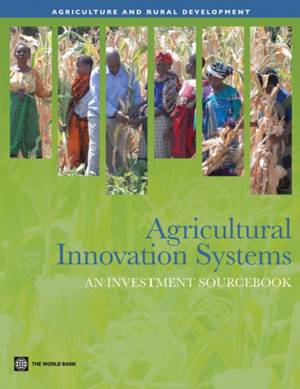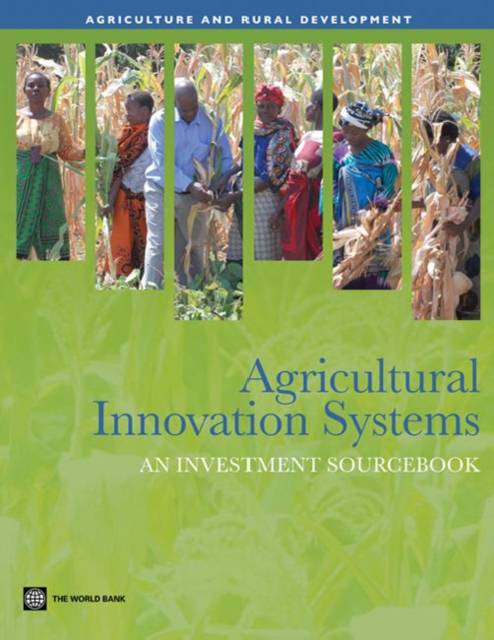
- Afhalen na 1 uur in een winkel met voorraad
- Gratis thuislevering in België vanaf € 30
- Ruim aanbod met 7 miljoen producten
- Afhalen na 1 uur in een winkel met voorraad
- Gratis thuislevering in België vanaf € 30
- Ruim aanbod met 7 miljoen producten
Zoeken
Omschrijving
Managing the ability of agriculture to meet rising global demand and to respond to the changes and opportunities will require good policy, sustained investments, and innovation - not business as usual. Investments in public Research and Development, extension, education, and their links with one another have elicited high returns and pro-poor growth, but these investments alone will not elicit innovation at the pace or on the scale required by the intensifying and proliferating challenges confronting agriculture. Experience indicates that aside from a strong capacity in Research and Development, the ability to innovate is often related to collective action, coordination, the exchange of knowledge among diverse actors, the incentives and resources available to form partnerships and develop businesses, and conditions that make it possible for farmers or entrepreneurs to use the innovations. While consensus is developing about what is meant by 'innovation' and 'innovation system', no detailed blueprint exists for making agricultural innovation happen at a given time, in a given place, for a given result. The AIS approach that looks at these multiple conditions and relationships that promote innovation in agriculture, has however moved from a concept to a sub-discipline with principles of analysis and action.
Specificaties
Betrokkenen
- Auteur(s):
- Uitgeverij:
Inhoud
- Aantal bladzijden:
- 680
- Taal:
- Engels
- Reeks:
Eigenschappen
- Productcode (EAN):
- 9780821386842
- Verschijningsdatum:
- 21/02/2012
- Uitvoering:
- Paperback
- Formaat:
- Trade paperback (VS)
- Afmetingen:
- 213 mm x 277 mm
- Gewicht:
- 1519 g

Alleen bij Standaard Boekhandel
+ 169 punten op je klantenkaart van Standaard Boekhandel
Beoordelingen
We publiceren alleen reviews die voldoen aan de voorwaarden voor reviews. Bekijk onze voorwaarden voor reviews.











